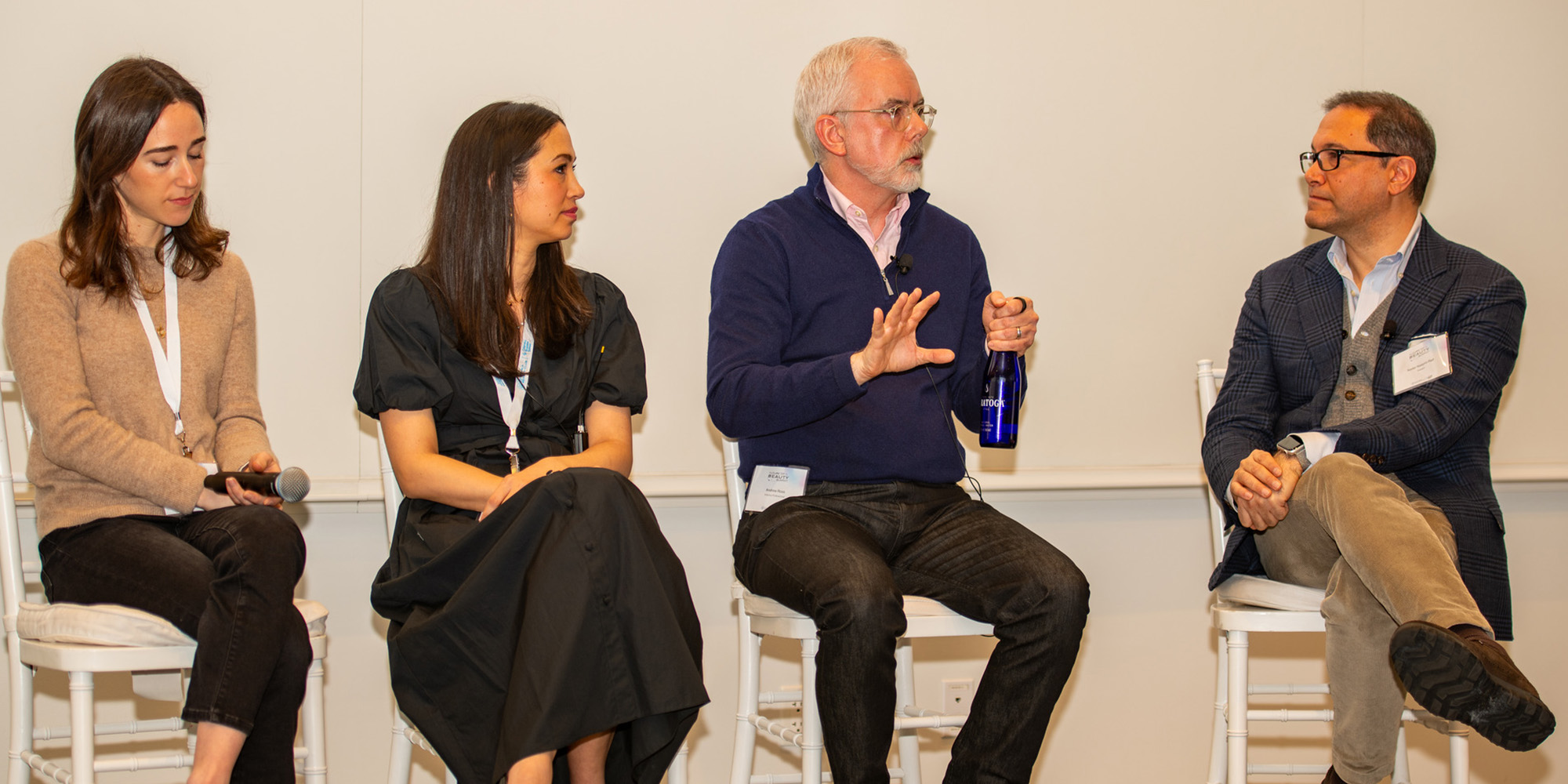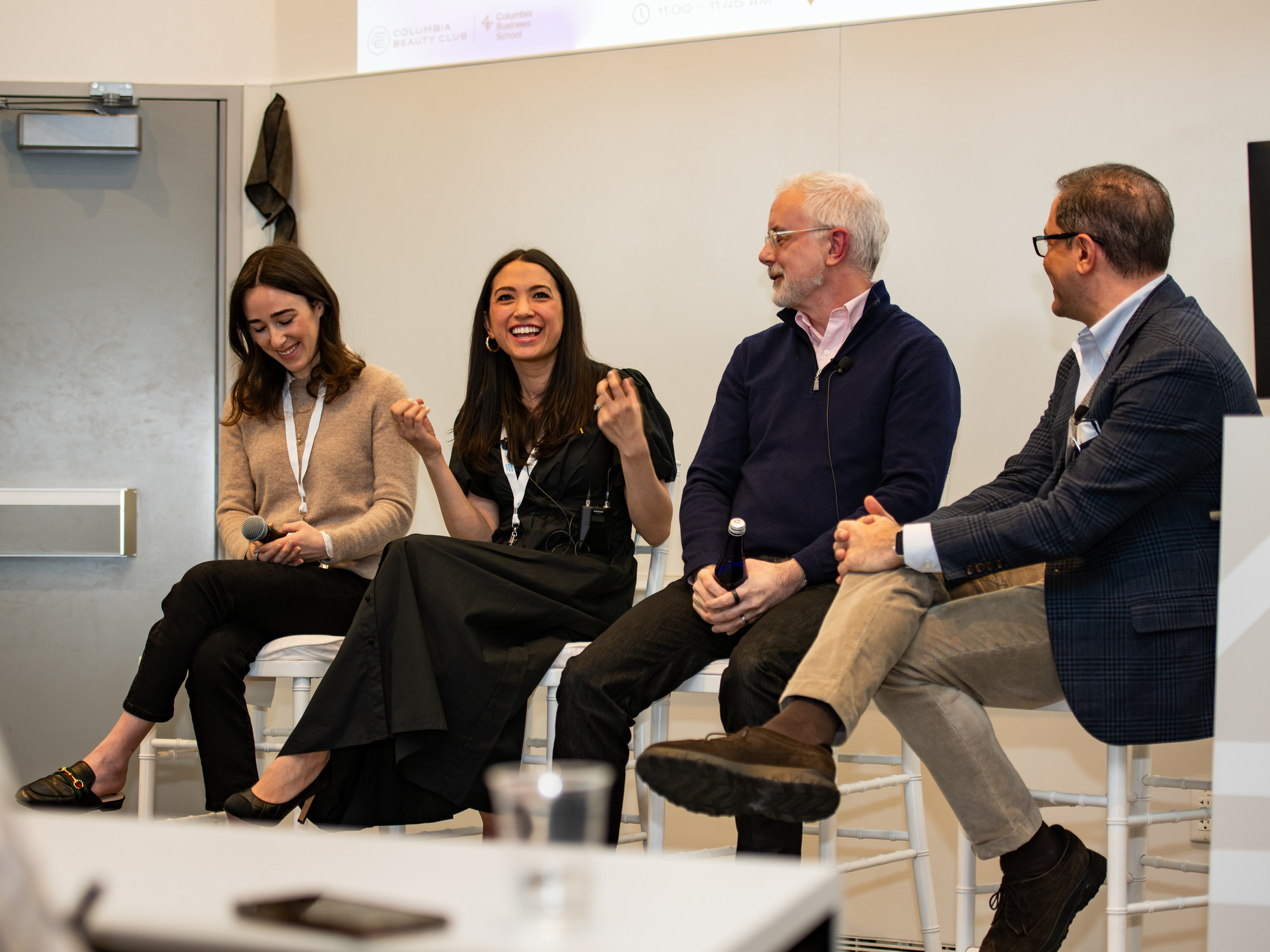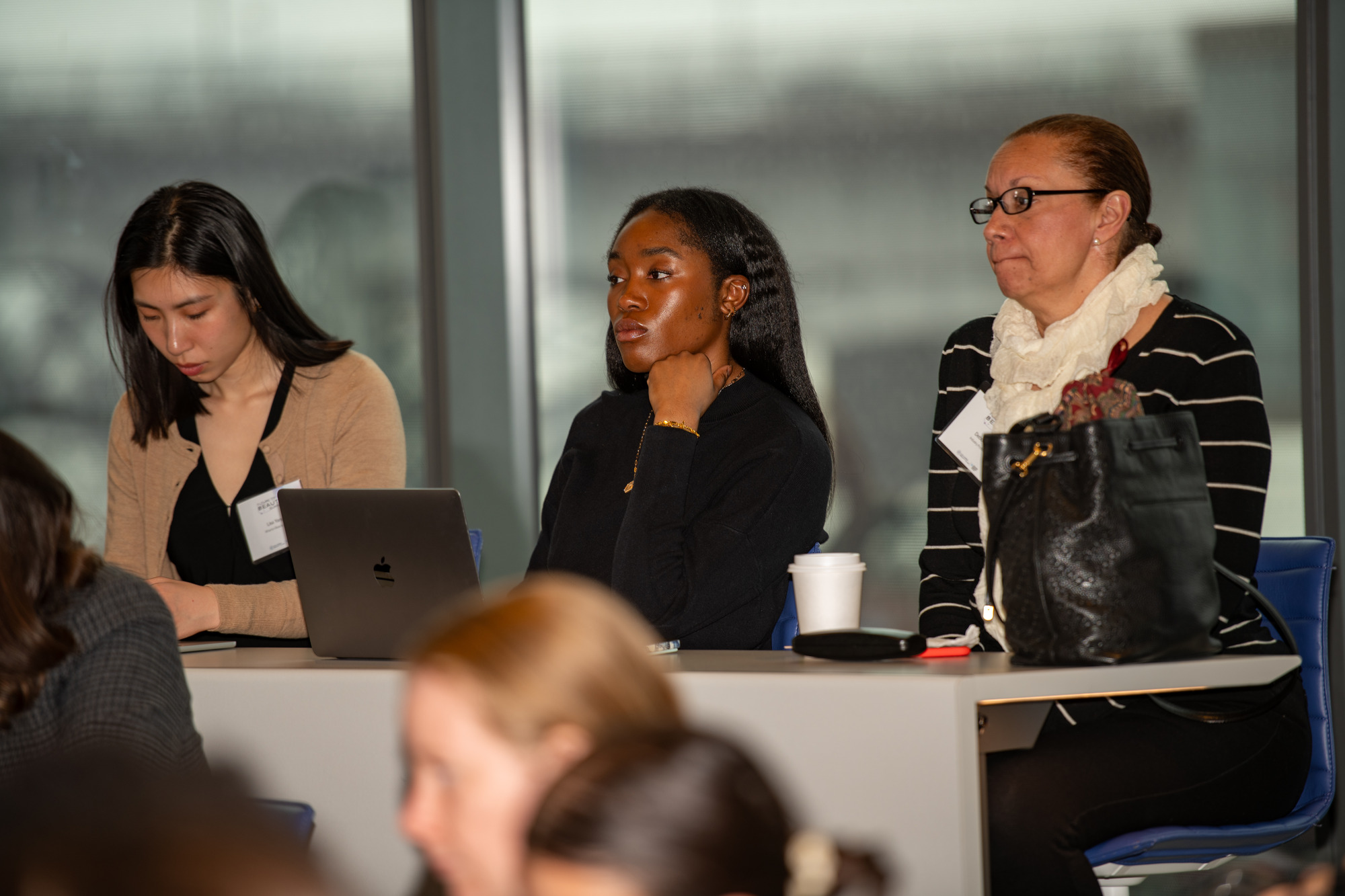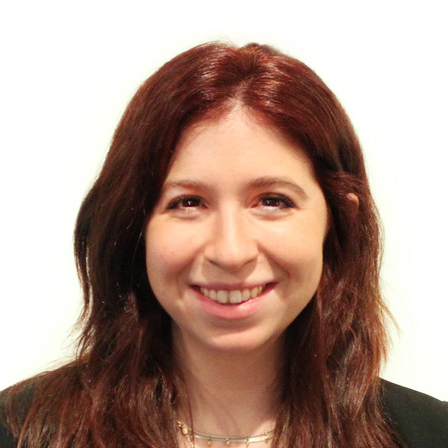
Beauty Investors Say Drunk Elephant’s Exit Playbook Is Dead
The path to beauty brand exits today is paved very differently than it was five years ago when Shiseido snapped up Drunk Elephant for $845 million, an amount equal to over 7X revenues.
“People would love to follow that playbook again. It’s gone. It doesn’t exist. You can’t go into Sephora and be exclusive for five years and get to $120 million and then have Shiseido come in to buy the brand at a very high multiple,” said Andrew Ross, senior advisor and venture partner at XRC Ventures. “I think the genie is out of the bottle, and there is too much change in the industry.”
Ross took part in a beauty investment panel discussion last month at Columbia Beauty Club’s second annual Future of Beauty Summit along with Jackie Dunklau, founder and partner at Aria Growth Partners, and Madeline Kaplan, principal at Selva Ventures. Nader Naeymi-Rad, founder of Beauty Independent parent company Indie Beauty Media Group, moderated the panel.
An organization of 300-plus graduate students from Columbia Business School, Columbia Beauty Club’s summit featured speakers from across the beauty landscape, including legacy brands like Estée Lauder, newer sensations like Sol de Janeiro and buzzy upstarts like Eadem. Beauty Independent was the event’s media partner.
The beauty investment panel participants delved into the drivers of beauty’s mergers and acquisitions boom in the 2010s, the benefits of working with beauty brand founders and the challenges of entering the market now.
Deal Craze
Jumpstarted by L’Oréal’s 2012 acquisition of Urban Decay, beauty M&A accelerated as large strategic acquirers snapped up disruptive startups and direct-to-consumer companies to gain market share. Stymied by their sheer size, Dunklau argued that beauty conglomerates had fallen behind as social media lowered barriers to entry and the market flooded with founder-led brands.
“The larger CPG players weren’t really innovating anymore and weren’t taking risks,” she explained. “If you think about the people who work at these big corporations, they’re not really incentivized to take risks. That’s why there’s such a great environment for entrepreneurs to say, ‘Hey, I don’t like the way Estée Lauder or P&G is doing this, I think I can do it better and they launch their own brands.’”

Formerly EVP of strategy, new business development and integration at Estée Lauder, Ross pointed to Estée Lauder’s 2016 acquisition of Too Faced as an example of the company buying capabilities it didn’t have in its repertoire. “Too Faced really understood Instagram at the time and influencer marketing, and they also really understood how to execute in Sephora,” he said. “For a company of Estée Lauder’s size, it’s quite surprising, but we didn’t know how to execute Sephora then.”
Estée Lauder’s acquisition strategy extended to categories that were historically unprofitable for the company. To offset the losses it often incurred with celebrity-fronted fragrance launches, the company started developing its niche fragrance business by acquiring niche brands like Le Labo in 2014.
“What we saw was there was a lot of growth at the top of the pyramid that was small, but very profitable in artisanal fragrance,” said Ross. “Le Labo at the time was, I think, less than $20 million. They had a hero product with high repeat, Santal 33, and we saw somebody that we thought had global potential like an Aesop or Byredo.”
Founder-Led Brands
Previously at investment firms L Catterton and Cavu Venture Partners, Dunklau co-founded private equity firm Aria Growth Partners in 2020 to bring scaling companies to the next level. The fund targets companies that are generating between $10 million and $50 million in annual revenues for minority investment. The Inkey List and Ultra Violette are in its portfolio. Hero Cosmetics was in its portfolio prior to the pimple patch brand’s 2022 exit to Church & Dwight.
Partnering with ambitious founders is inspiring to Dunklau. “It takes a person who’s super driven, who just doesn’t care what anyone else says or does and just is so convicted in their own gut that they’ll just forge ahead,” she said. “That’s a very specific type of personality.”
Kaplan gives kudos to founders who recognize their strengths and weaknesses. “The thing that I’m often screening for in an entrepreneur at the early stage is self-awareness and knowing what you’re good at and knowing where you need help,” she said. “That’s the only way that we can come in and be helpful and add our expertise or leverage our network of advisors.”
An early-stage fund, Selva Ventures has invested in Crown Affair, Kinship, Perelel and Arrae. Kaplan identified high-gross margins and built-in loyalty as elements that attract investors to the beauty category. She said, “There’s a lot of power in building a beauty brand that can be quite sustainable in the long term if you’re creating a product that’s really special and a brand that’s really special.”

Success Prerequisites For Beauty Brands
Kaplan theorizes that brand founders are increasingly becoming more professionalized as hurdles for success continue to rise for beauty brands. She highlighted One Skin, a skin longevity brand in Selva Ventures’ portfolio, to illustrate what it takes for a brand to make it in the current market.
“It was founded by four female PhDs that spent four years in a lab developing a patented peptide before going to market,” she said. “So, I think that there’s just a level of excellence that’s far higher at the early stage now. You’ve got to have a lot figured out.”
Ross suggested that gaps in early-stage funding will have to close for brands to achieve momentum in the future. Last year, venture capital funding fell to a 6-year low.
“You do need a lot of money to succeed and a lot of that money is coming from privilege in one way, shape or form, which we need to try to figure out,” said Ross. “But then I think the sky’s the limit for people continuing to just disrupt stuff.”






Leave a Reply
You must be logged in to post a comment.